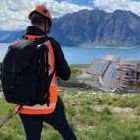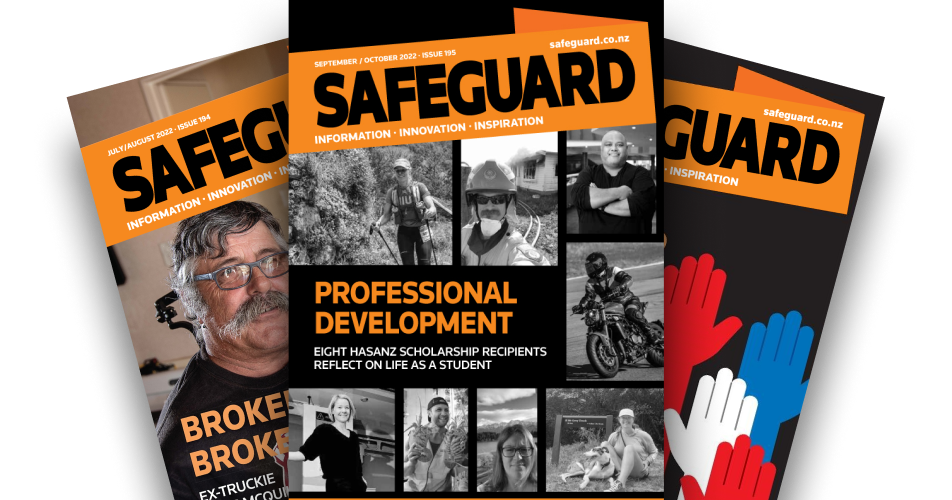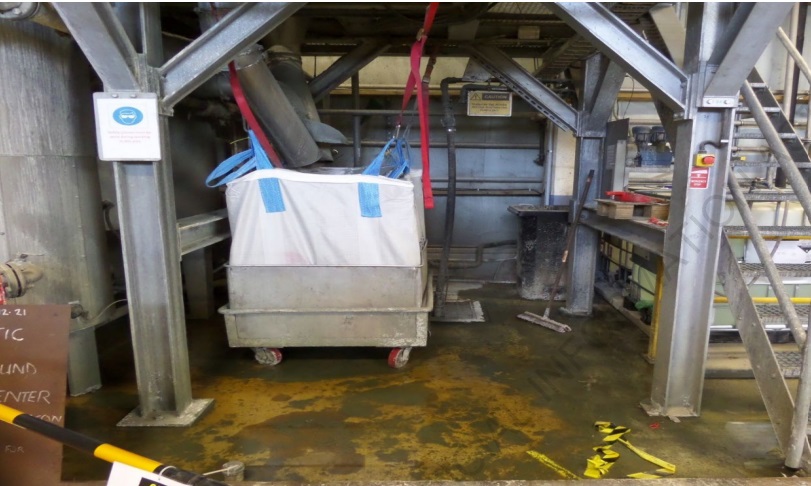Most frontline workers have experienced spending time completing safety documentation that does nothing to improve safety for themselves or others. In our case, we observed that our project teams were spending, on average, 20 hours per week completing documented safety processes. It was more time than we expected.
For example, you may think that delivering a weekly toolbox meeting should take about 30 minutes, but the whole process involves much more than that. It includes gathering information, printing, assembling people, signing attendance registers, recording the meeting minutes, and more. We measured this and it took almost an hour.
People don’t see the safety value when a safety process feels like a compliance exercise or a way to gather evidence to blame someone should something go wrong. This is more than just frustrating – it can be damaging to an organisation’s culture.
Why do we document?
We saw an opportunity to develop a solution that better served our team. The first step was to understand why we documented things in the name of ‘health and safety’. We found three main reasons:
- Safe outcomes: to make our work safer.
- Compliance: to comply with legislation, standards, and WorkSafe guidance.
- Evidence: to meet industry and client expectations, pre-qualifications, and external audits.
To simplify the efforts made by project teams, we streamlined and strengthened by incorporating the first two (safe outcomes and compliance) into normal operations as much as possible.
Some documentation is necessary, but the time required to complete it and the frequency with which it needs to be completed can be lessened. Perhaps it can be automated or folded into an existing process. This prevents safety from becoming a stand-alone task. We do not want people to have to stop doing their job to complete safety paperwork, then go back to doing their job. It should all be part of the same streamlined process.
Challenging absurdities
Tasks that fall into the third category – things done purely for the purpose of meeting evidence requirements for external auditors, pre-qualifications, client expectations, or industry expectations – could be removed.
There is a persistent idea that everything must be evidenced by a document, and that the completion of those documents must be measured for assurance purposes. The thinking appears to be that if something isn’t documented then it didn’t happen, or as the saying has it, “if you can’t measure it, you can’t manage it”. These are absurd. There are many things in our lives that we manage without using any sort of measure or metric or documented evidence – even for legal purposes.
To provide assurances about your safety management system, an organisation needs to understand the effectiveness of its crucial systems. Documents and measures have a place, but they need context. Case law indicates this is a ‘value judgment’ – a qualitative assessment or subjective enquiry. Our efforts in reducing time and resources spent ‘documenting’ safety processes are being redirected into direct engagement with people doing the job. To inform this approach, we leaned heavily on the work of Greg Smith, author of Paper Safe: The triumph of bureaucracy in safety management.
Simplify and save time
Engaging with our teams and listening to their needs allows us to simplify our processes. I am pleased to say that we have so far saved approximately five and a half hours per week, per project. Overall, we anticipate saving our project and site teams ten hours per week spent on health and safety-related administration. This time is now being directed to doing things that produce safer outcomes – direct engagement with contractors and workers in real time. The team’s feedback is that this approach is fantastic.
For organisations considering implementing similar changes, we recommend working with external consultants – we worked with a consultant (Mike Cosman of Cosman Parkes) and a lawyer (Garth Galloway from Chapman Tripp). You should also engage with WorkSafe’s Innovation team. Most importantly, we recommend you listen to your people.
There are opportunities to challenge the routine expectations of your clients and your industry sector. If you are asked for a pre-qualification, ask if it is really necessary. If an external auditor asks you to create evidence or similar, challenge the basis of that recommendation – have them show you a study that demonstrates their recommendations will result in safer outcomes.
Challenge the need for documented evidence by inviting clients and other external parties to come see what happens on site. Direct observation is much more reliable than a document produced only for the sake of evidence.
Desai Link is Group HSE & Risk Manager with Brosnan.




